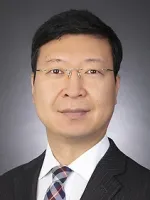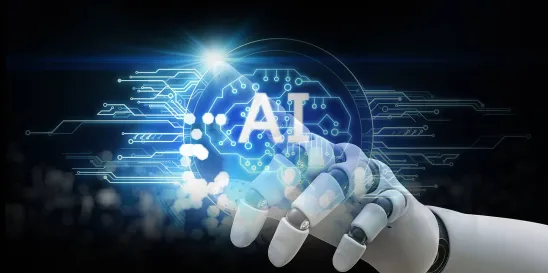Generative artificial intelligence (AI) may change how we invent: many envision a collaborative approach between human inventors and AI systems that develop novel solutions to problems together. Such AI-assisted inventions present a new set of legal issues under patent law.
On February 13, 2024, the U.S. Patent and Trademark Office (USPTO) issued a long-anticipated Inventorship Guidance for AI-Assisted Inventions. The Guidance explains the USPTO’s position on inventorship issues as artificial intelligence systems play a greater role in the innovation process. According to the Guidance, the USPTO does not exclude AI-assisted inventions as categorically unpatentable, and the focus of its inquiry is on human contributions.
The Guidance begins with the premise that only natural persons can be named as inventors on U.S. patents. It then draws on the body of settled caselaw that an inventor is somebody who “make[s] a significant contribution to the conception of the invention.” Therefore, in the context of AI-assisted inventions, the USPTO requires that that “a natural person must have significantly contributed to each claim in a patent application or patent.” Importantly, for any claim where there is no significant contribution from a natural person, the USPTO will reject the claim under 35 U.S.C. 101 and 115.
The Guidance also gives a “non-exhaustive list of principles”:
- “A natural person’s use of an AI system in creating an AI-assisted invention does not negate the person’s contributions as an inventor.”
- “A natural person who only presents a problem to an AI system may not be a proper inventor or joint inventor of an invention identified from the output of the AI system. However, a significant contribution could be shown by the way the person constructs the prompt in view of a specific problem to elicit a particular solution from the AI system.”
- “Reducing an invention to practice alone is not a significant contribution that rises to the level of inventorship.” “However, . . . in certain situations, a person who conducts a successful experiment using the AI system’s output could demonstrate that the person provided a significant contribution to the invention even if that person is unable to establish conception until the invention has been reduced to practice.”
- “In some situations, the natural person(s) who designs, builds, or trains an AI system in view of a specific problem to elicit a particular solution could be an inventor, where the designing, building, or training of the AI system is a significant contribution to the invention created with the AI system.”
- “[A] person simply owning or overseeing an AI system that is used in the creation of an invention, without providing a significant contribution to the conception of the invention, does not make that person an inventor.”
From the Guidance, it is clear the USPTO does not see a patentable invention unless there is a significant human contribution to the invention. Furthermore, the process of invention is important to the USPTO: to qualify as an inventor, the user of the AI system must be more than a presenter of a problem for the AI system to solve. However, the USPTO nonetheless recognizes “prompt engineering”—the art of designing inputs for AI systems—as potentially innovative and patentable under Principle No. 2 in the Guidance.
Principle No. 3 is potentially relevant to inventions in the life sciences. It appears to refer to certain situations in unpredictable areas of chemistry and biology, where experimental work is integral to the conception of an invention. For example, a human experimenter could be an inventor when the AI system’s idea lacks reasonable certainty until it is reduced to practice experimentally, or when the human experimenter discovers some serious flaw that render the AI system’s conception of the invention incomplete.
Principle No. 4 suggests that the people who design, build, or train an AI system might be inventors to an AI-assisted invention, if the AI system is a domain-specific or task-specific system, and whose use is essential to the invention. For inventions generated by a general purpose AI system (e.g. ChatGPT), it appears less likely that the designers of the AI system could be named as inventors. But in the absence of caselaw, the exact applicability of this principle is currently uncertain.
Conclusion
AI-assisted inventions come with their own set of legal risks. But despite the risks, generative AI is an unstoppable trend of our age and we expect to see more patent applications seeking to protect AI-assisted inventions.



 />i
/>i

